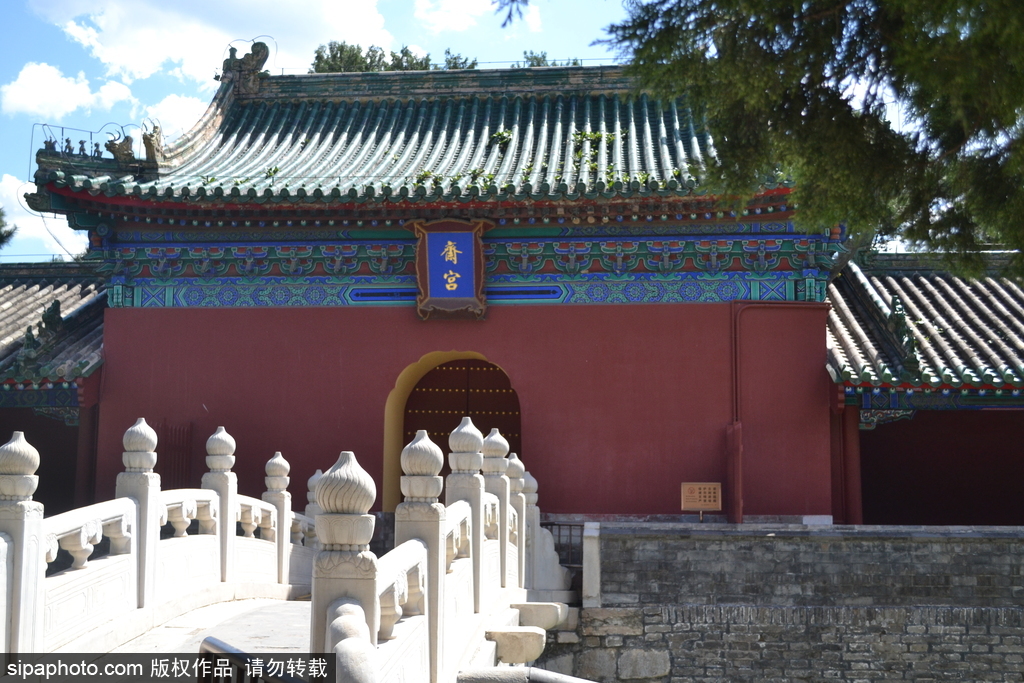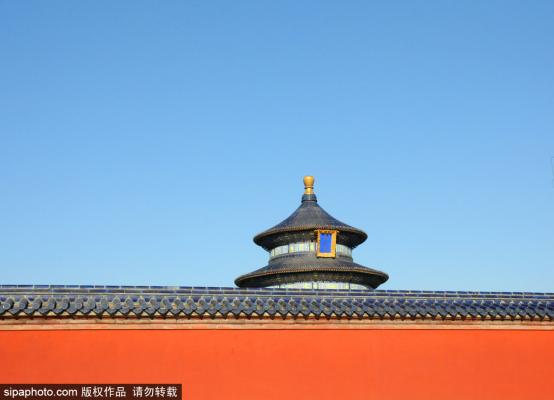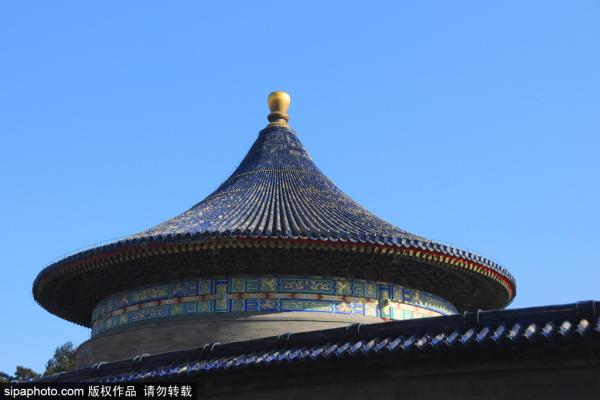Temple of Heaven (天坛)
The Temple of Heaven is the largest ancient worship complex in China, where the emperors of the Ming and Qing dynasties worshiped the Heaven. It is a must-see attraction on a one-day trip to Beijing.
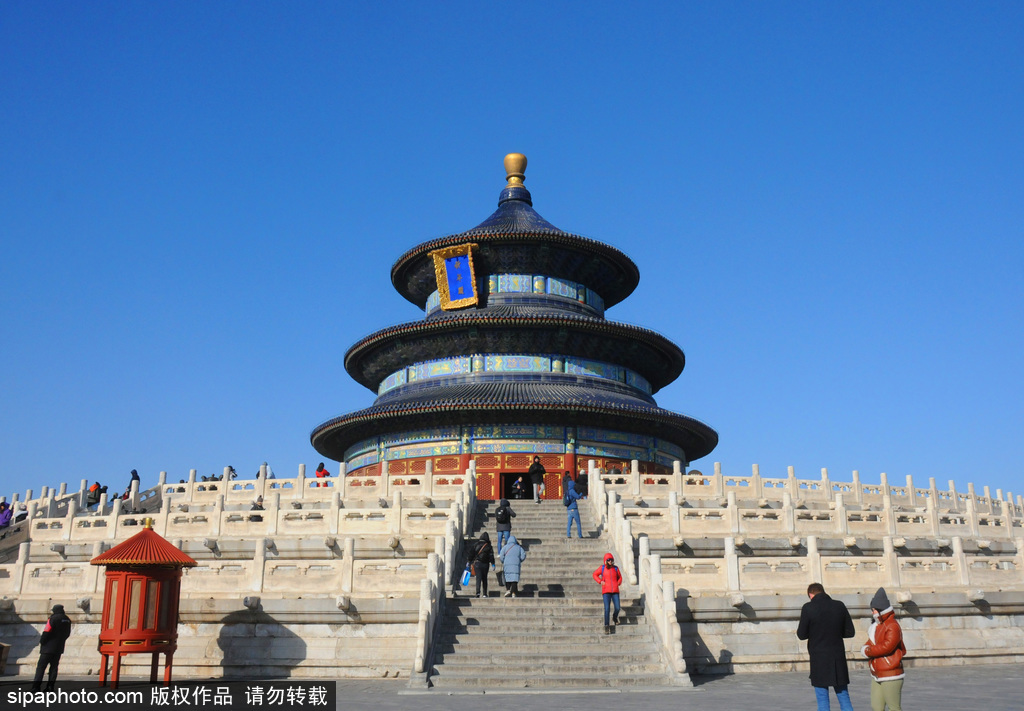
-
Tel:
86-10-67028866; 86-10-67012483 -
Best Time to Visit:
All Year Round -
Duration:
2-3 hours -
Admission:
High season: (April 1 to October 31)
Admission: 15 RMB, discount ticket: 7.5 RMB
Combined ticket: 34 RMB, discount ticket: 17 RMB
Low season: (November 1 to March 31 of the following year)
Admission: 10 RMB, discount ticket: 5 RMB
Combined ticket: 28 RMB, discount ticket: 14 RMB
【Attractions】
Hall of Prayer for Good Harvests, Echo Wall and Circular Mound Altar
Tickets: 20 RMB, discount tickets: 10 RMB
The Hall of Ceremonial Music
Tickets: 10 RMB, discount tickets: 5 RMB
【Ticket preferential policies】.
Children and minors: children under 1.2 meters tall are free of charge; minors aged 6 (excluding 6) - 18 (including 18) years old are entitled to half-price discount with valid documents.
Seniors: senior citizens over 60 years old with senior citizen privilege card or related documents are free of charge
Students: Half-price discount for full-time undergraduates and below with valid documents
Disabled: Free of charge with a disabled person's card
Military: military or armed forces soldiers (including retired, dis High season: (April 1 to October 31)
Admission: 15 RMB, discount ticket: 7.5 RMB
Combined ticket: 34 RMB, discount ticket: 17 RMB
Low season: (November 1 to March 31 of the following year)
Admission: 10 RMB, discount ticket: 5 RMB
Combined ticket: 28 RMB, discount ticket: 14 RMB
【Attractions】
Hall of Prayer for Good Harvests, Echo Wall and Circular Mound Altar
Tickets: 20 RMB, discount tickets: 10 RMB
The Hall of Ceremonial Music
Tickets: 10 RMB, discount tickets: 5 RMB
【Ticket preferential policies】.
Children and minors: children under 1.2 meters tall are free of charge; minors aged 6 (excluding 6) - 18 (including 18) years old are entitled to half-price discount with valid documents.
Seniors: senior citizens over 60 years old with senior citizen privilege card or related documents are free of charge
Students: Half-price discount for full-time undergraduates and below with valid documents
Disabled: Free of charge with a disabled person's card
Military: military or armed forces soldiers (including retired, dis -
Opening Hours:
Peak season: (April 1 to October 31)
Low season: (November 1 of each year to March 31 of the following year)
Park Gates:
High season opening hours: 6:00-22:00
Off-season opening hours: 6:30-22:00
(Stop ticketing 20:00; latest admission 21:00)
Description
Temple of Heaven (天坛)
The siting of the Temple of Heaven reflects the ancient Chinese cultural tradition of setting "sacrificial facilities in the southern suburb." Its location, planning pattern, and symmetrical east-west layout with the Altar of the God of Agriculture highlight the respect for and emphasis on rituals and order in Chinese capital city planning. They also give prominence to the dominant role of Beijing Central Axis in urban planning. The Temple of Heaven is China's largest and best-preserved Ming and...
Read MoreTemple of Heaven (天坛)
The siting of the Temple of Heaven reflects the ancient Chinese cultural tradition of setting "sacrificial facilities in the southern suburb." Its location, planning pattern, and symmetrical east-west layout with the Altar of the God of Agriculture highlight the respect for and emphasis on rituals and order in Chinese capital city planning. They also give prominence to the dominant role of Beijing Central Axis in urban planning. The Temple of Heaven is China's largest and best-preserved Ming and Qing era building complex for heaven-worshiping ceremonies. Its architectural and landscape design exhibits the ancient Chinese worldview, making it a masterpiece of imperial architecture for ceremonial worship in ancient China and a carrier of national heaven-worshiping rituals and cultural traditions of the Ming and Qing dynasties.
Location and Layout
The Temple of Heaven sits in the south of the outer city of the old city of Beijing, east of Beijing Central Axis. It symmetrically faces the Altar of the God of Agriculture lying on the west side of the Axis. The Temple of Heaven comprises the inner and outer sections. The inner section is located to the east of the center of the outer section. The inner and outer altar walls are round in the north and square in the south," representing the ancient belief that "heaven is round and earth is square.
Architecture and Landscape
The structures and landscapes of the Temple of Heaven, along with the building forms, materials, and colors, are intended to express the ancient Chinese understanding of heaven. The temple's buildings mostly sit on high pedestals and are covered with roofs of glazed tiles of various shades of blue to symbolize the azure sky. The Red Stairway Bridge, several meters above ground level, links all the main buildings and rises gradually toward the north to create the visual effect of reaching the sky. Old and valuable trees, mostly cypresses, grow in the open ground in the temple's outer section to create a sense of vastness and a solemn atmosphere, characteristic of sacrificial ceremonies carried out in the suburbs.
Functions and Traditions
During the Ming and Qing dynasties, the Temple of Heaven was the ceremonial space for the emperor to offer sacrifices to the "God of Heaven." Its layout has been altered several times to adapt to the changes in worshiping ceremonies. The Circular Mound and the Pray for Grain altars were the Temple of Heaven's core sacrificial altars with different purposes during the Ming and Qing dynasties. The Altar of Circular Mound was used for the ceremony of heaven-worshiping after the Jiajing reign (1522-1566) reign during the Ming dynasty. This ceremony was generally held on every winter solstice to express gratitude to heaven for its grace in the past year and pray for its blessings in the coming year. The Hall of Prayer for Grain was used for the ceremony of praying for good harvests. The ceremony was held in the first month of every spring. Today, the Temple of Heaven is open to the public as a park.
History and Development
The Temple of Heaven was first built in 1420 as the Temple of Heaven and Earth, a venue for worshiping both heaven and earth. The Ming dynasty separated the sacrificial rituals of heaven and earth during 1530 to 1545 and built the Altar of Circular Mound to the south of the Grand Prayer Halll, while expanding the Taishen Hall (today's Hall of Imperial Vault of Heaven) to house the tablets of gods. The Grand Prayer Hall was changed to the Grand Sacrificial Hall, where the "grand worship ceremony" was performed. From 1743 to 1754, the Temple of Heaven underwent some renovations, during which the Altar of Circular Mound in the south of the inner section was expanded. The Grand Sacrificial Hall in the north of the inner section was changed into the Hall of Prayer for Good Harvests. The Temple of Heaven ceased to be an imperial worship building in 1912. In 1918 it was opened as the Temple of Heaven Park to the public, a function it has served to this day.
Gallery
Latest News
Explore
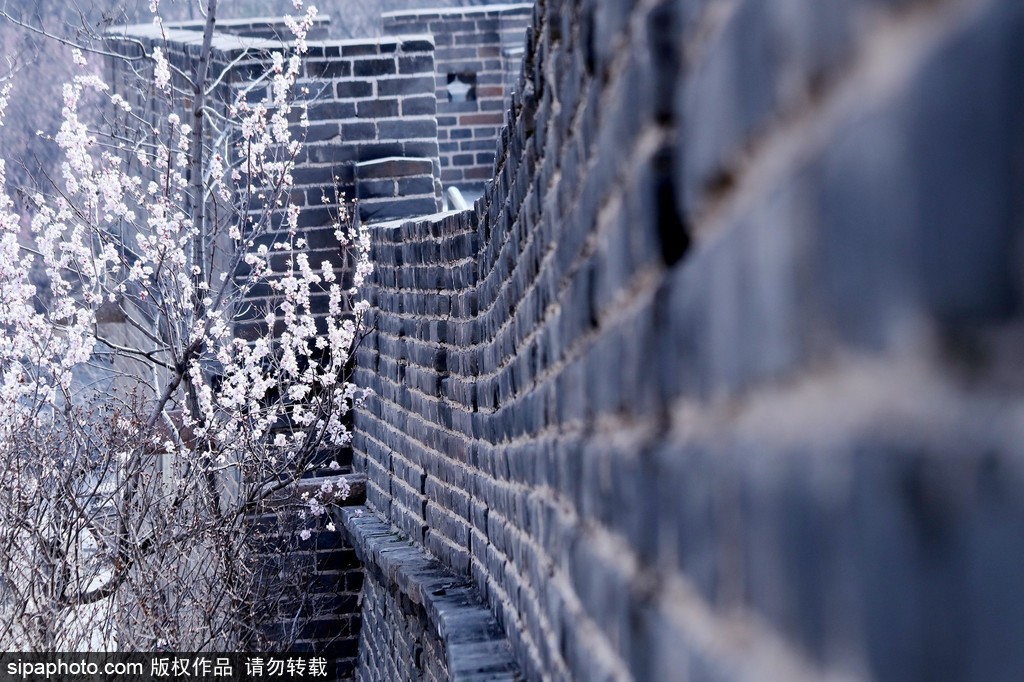
Badaling Great Wall
Badaling Great Wall is located in Yanqing District, 60 kilometers to the northwest of downtown Beijing. To date, this 3,741-meter section of the Badaling Great Wall has been open to tourists, comprising of 21 city units and enemy units.
Mutianyu Great Wall
With a long history and splendid culture, Mutianyu Great Wall is 70 kilometers away from downtown Beijing, which is one of the famous Great Wall attractions in Beijing and is the essence of the Great Wall of the Ming Dynasty.
Ming Tombs
Located in Changping District, 30 kilometers north of Beijing, the tomb area covers an area of about 120 square kilometers. The tombs of the Ming Emperor Zhu Di and the subsequent 12 emperors were built here.
Do You Know
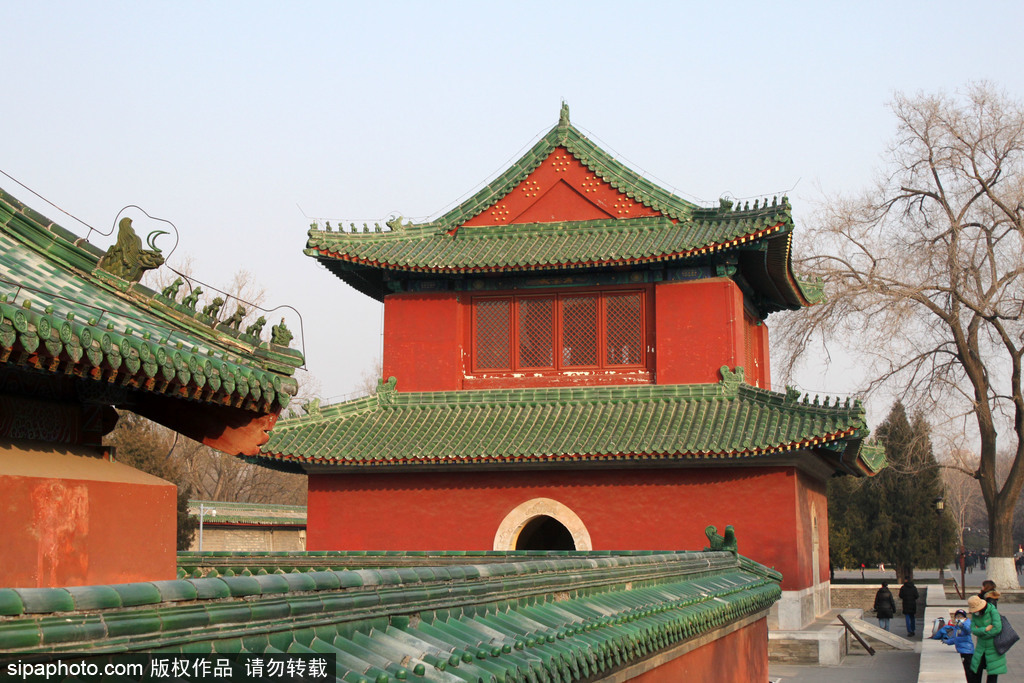
What are the five altars and eight temples in Beijing?
The "five altars" refer to the Temple of Heaven, the Temple of Earth, the Temple of the Sun, the Temple of the Moon and the Agricultural God Altar, and the eight temples refer to the the Imperial Ancestral Temple, the Hall of Fengxian, the Hall of Chuanxin, the Hall of Longevity, the Lama Temple, the Imperial Sacrificial Temple, the Temple of Literature and the Temple of the Emperors.


